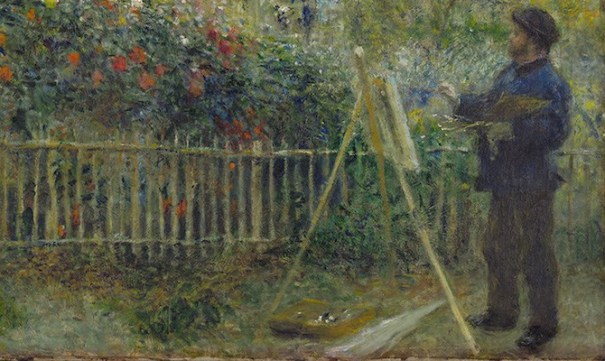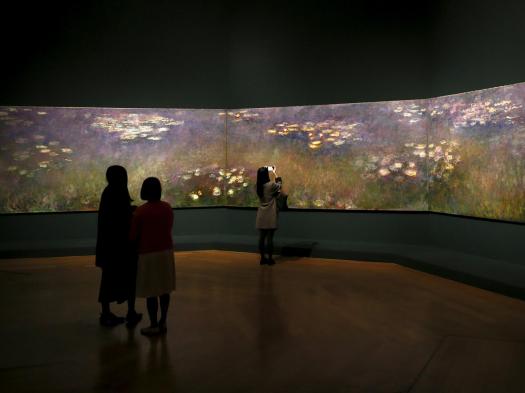Yesterday I visited the Royal Academy of Arts, to view the latest of its landmark exhibitions – Painting the Modern Garden: Monet to Matisse.

The exhibition as I expected was packed to the rafters with not only visitors, but the largest display of masterpieces I have seen in one place at the same time. Perhaps one of the most important painters of gardens in the history of art, the exhibition starts with works by Monet; and then shows the evolution of the role of the garden, from the early 1860’s through to the 1920’s.
The garden was an infinite source of inspiration for many artists during this period, meanwhile providing the growing middle classes with opportunities to garden for aesthetic pleasure. Other artists to explore their fascination with the horticulturalist movement of the Nineteenth Century were: Renoir, Cezanne, Pissaro, Manet, Sargent, Kandinsky, Van Gogh, Matisse, Klimt and Klee.
From entering the gallery space, you are imbued with a sense that the art of gardening itself has perhaps outgrown the art. For the Impressonists, the garden offered a vital means of reconnecting with nature in an age of rapid industrialisation; and it was plain to see in their interpretations which were permeated with light and atmosphere. In old age Monet reportedly said, he took more pride in his garden than his art.

For me personally, the main draw of the exhibition was Monet’s Water Lilies, which were presented like a “grand finale” at the end in spectacular form and re-united for the first time, in a three-part panorama. On your initial encounter with the work, you are overwhelmed by its magnificence: the expanse of blue water, flowers, foliage, the reflections and light upon the water. – It just seems to go on and on.
As for other artists, I felt the likes of Matisse and Van Gogh were under-represented given their importance in modern art history. Van Gogh’s painting of Daubigny’s garden in Auvers was painted before his death, and in the typical style of the Dutch painter radiated life despite its hecticism. I also enjoyed seeing the works of the less familiar Spanish painter Santiago Rusinol, whom painted the gardens of Monforte at dusk. They gave the inpression that you were looking at a film-set, as opposed to a garden basking in the twilight.